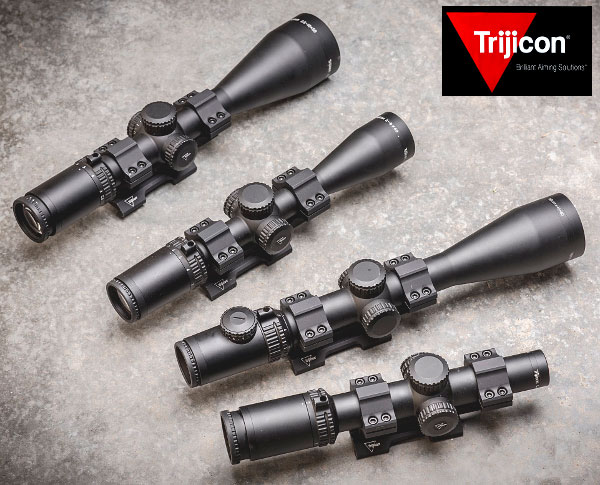April 9th, 2015
By Dennis Santiago
 Competition teaches you things. Compared to loading for benchrest bolt guns, producing ultra-reliable and accurate ammo for tight-chambered, semi-auto .308 target rifles requires a different approach to case prep. Smoothness of operation is much more important in a field course gun. Reliability trumps everything (even case life) for these types of guns.
Competition teaches you things. Compared to loading for benchrest bolt guns, producing ultra-reliable and accurate ammo for tight-chambered, semi-auto .308 target rifles requires a different approach to case prep. Smoothness of operation is much more important in a field course gun. Reliability trumps everything (even case life) for these types of guns.
In the photo below, there’s a Redding small base body die for bumping the shoulder and making sure the case body is at SAAMI minimum. This body die is not just nice to have. It is vital. There are also a full-length sizing die and a Lee Collet neck-sizer in that turret holder. One or the other gets used after the body size die depending on what rifle the ammo will be used in. The semi-auto rounds always go through the full-length sizing die. After that comes trimming and finally cleaning — then loading can begin. The cases are trimmed using a Gracey trimmer so everything’s the same each and every time. I use an RCBS Competition Seater Die to seat the bullets. One nice feature of this RCBS die is the open side slot that allows you to place bullets easily.

It’s a long path methodology but uniformity is accuracy. More important for safety, controlling “stack-up” errors in the system solution is how one achieves reliability. The chamber-hugging philosophies of benchrest bolt guns do not apply well to AR-10s. Like most things, the right answer is context-dependent. Success is about accepting and adapting.

Dennis Talks About Using a Semi-Auto in Tactical Competitions
I have succumbed to the Dark Side — deciding to put an AR-10 together. For tactical competitions you want a bolt gun most of the time but there are times the course of fire favors the use of a semi-auto. I was using an M1A that gives me 0.75 MOA performance but I heard people were getting almost bolt-gun-level, half-MOA accuracy out of their AR-10s — so I wanted to see if that was really achievable. A quarter-MOA difference in accuracy potential may seem tiny in practical terms but it will make a difference in competition. In a match, the difference between 3/4-MOA and 1/2-MOA can alter your hit probability on a small target by 20-30%.
The AR platform also lets you tinker with triggers, stock ergonomics and muzzle brakes that help in managing the dynamics of a long distance shot better. Well I found out you can get the incremental accuracy but there’s more work to do to get the same reliability. Being a curious sort, it’s worth it to me to explore it. It’s a far cry from as-issued M-1 shooting with whatever HXP is handy. This is definitely swimming in the deep end of the pool.
















 Competition teaches you things. Compared to loading for benchrest bolt guns, producing ultra-reliable and accurate ammo for tight-chambered, semi-auto .308 target rifles requires a different approach to case prep. Smoothness of operation is much more important in a field course gun. Reliability trumps everything (even case life) for these types of guns.
Competition teaches you things. Compared to loading for benchrest bolt guns, producing ultra-reliable and accurate ammo for tight-chambered, semi-auto .308 target rifles requires a different approach to case prep. Smoothness of operation is much more important in a field course gun. Reliability trumps everything (even case life) for these types of guns.






